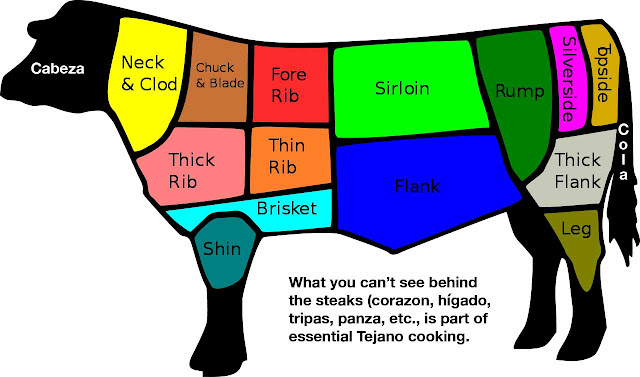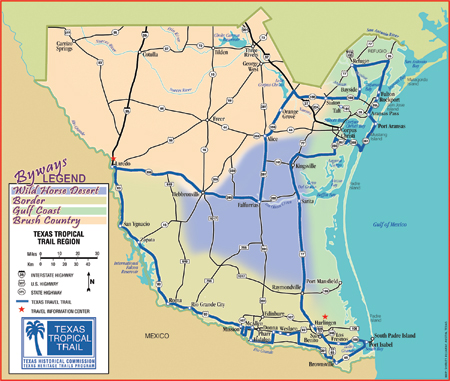Tejano ranch culture shaped South Texas culture, especially when it comes to cooking

TOPICS: Cooking Tejanos POSTED BY: CARDENAS.AE@GMAIL.COM APRIL 29, 2017 I have had a lifelong affair with Tejano cuisine. Actually cuisine sounds too fancy, it is a French word after all. Let’s just say I love my comida Tejana. Recently, while reading “The Reminiscences of a Texas Missionary,” I ran across an observation by Father P. F. Parisot, OMI, which I found interesting. While on his way to Brownsville late in 1857, the good father stopped in San Patricio to buy a horse and while there was introduced to Tejano cooking. A far cry from the cuisine he was familiar with growing up in France. Father Parisot writes, …we became acquainted with the tortilla. Bread in the Mexican ranches is not a wheaten loaf, but thin tortillas made from corn meal without any yeast. The women soften the corn in lime water and place it on a flat stone called a metate, and then with another stone shaped like a rolling-pin they grind the corn into a paste. This paste is then patted with the hands into th

